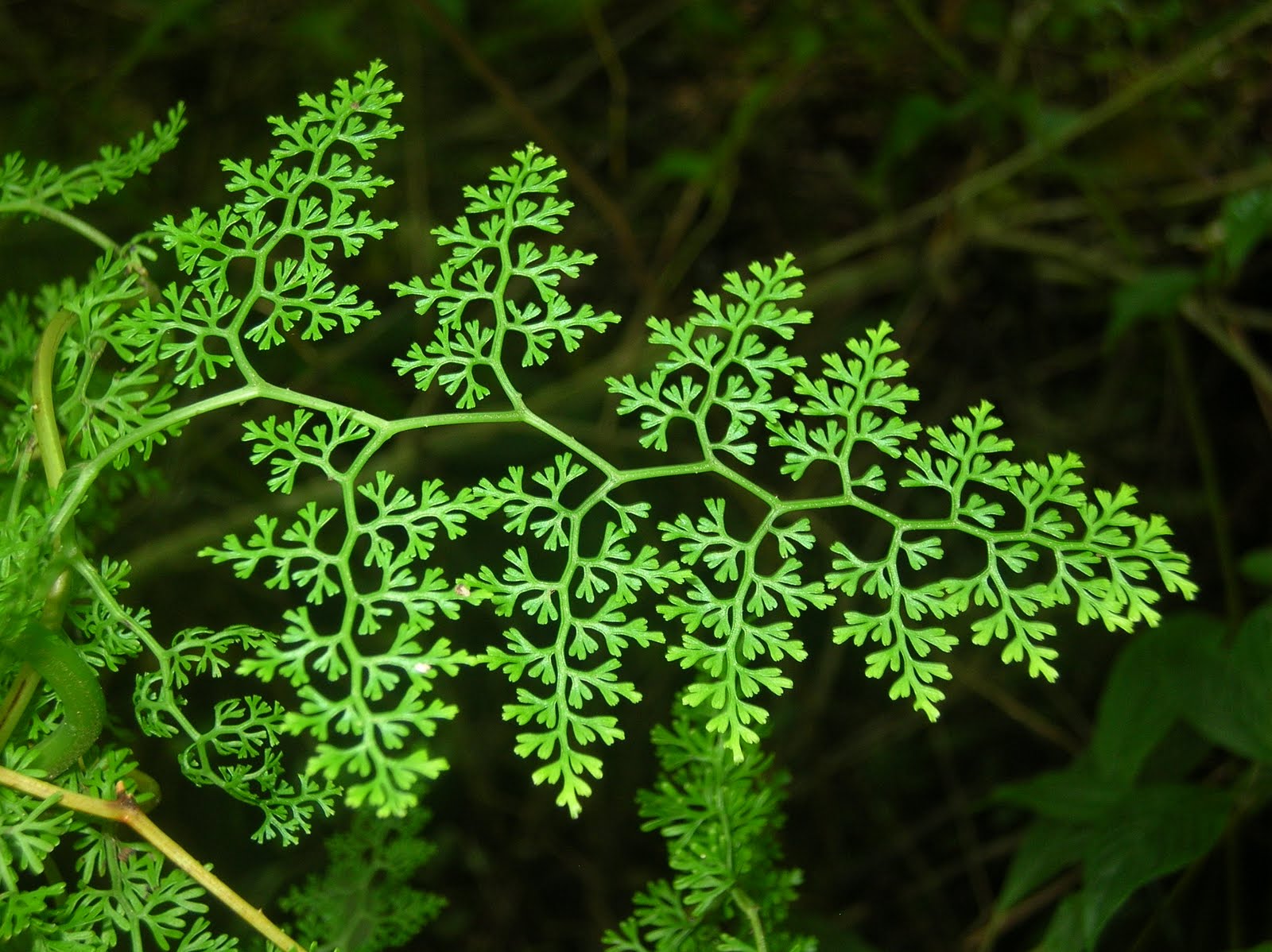What is a fractal?
Until this semester I have never been introduced to fractals. They are an extremely unique and interesting
concept. A fractal is a pattern that “repeats itself at every stage.”
A fractal can easily be created by a person or you can find them several
different places in nature, both of which will be shown in this blog post.
Although Benoît Mandelbrot was not the first mathematician to work on developing the concept of fractals, he was the one who was given credit for fractals. Some of Mandelbrot's predecessors include: "Karl Weierstrass, Georg Cantor, Felix Hausdorff, Gaston Julia, Pierre Fatou, and Paul Lévy." An advantage that Mandelbrot had over his predecessors was the use of technology, such as a computer. These mathematicians started to discover fractals by looking at functions. Gaston Julia found a function that was continuous, but had to draw the function by hand because he did not have computer technology. Once Mandelbrot found another function which was continuous, he named a set after Julia, called the Julia Set.
We will start by looking at a fractal:
In the fractal above you can see it starts with a larger circle with three smaller circles inside of the larger circle. Then inside of each of the smaller three circles, those circles contain three more circles. and so on. As you can see the same pattern occurs over and over again with the scaling getting smaller each time.
In order to better understand the concept, I created a fractal of my own:
Another neat observation I have made about fractals, is that when you combine more and more generations of the same pattern they end up making addition shapes that repeat as well. An example of this in my fractal is that the Large purple rectangle for the first generation has two rectangles from the second generations of the same color attached to its side and then the second generation rectangle has two rectangles from the third generation of the same color attached to its side. This pattern continues in both the yellow and purple. If we would continue to add more generations the pattern would continue with each new generation as well.
Both of the images above were created by people or technology that people are using. Next we will look at some of the fractals that occur in nature. Some examples include; snowflakes, lightening, broccoli, trees, and shells, which can be seen below:


These images are only a few of the fractals you can see in nature. Fractals are all over, next time you take a walk in a park, look around and see if you can find a fractal, I'm sure you will! As you can see mathematics is all over the place in life. Anywhere you go you can see something that relates to mathematics whether you know it or not. Knowing that mathematics is all around you, helps when teaching math to students, because it will help to either create real world examples or to even show students that math exists everywhere and they will use it in their life.
http://en.wikipedia.org/wiki/Fractal
http://www-history.mcs.st-and.ac.uk/HistTopics/fractals.html


No comments:
Post a Comment